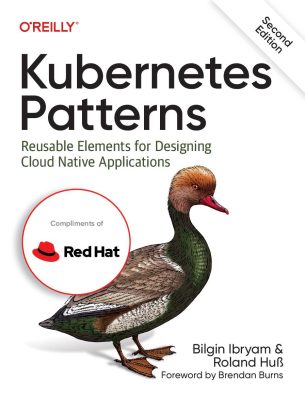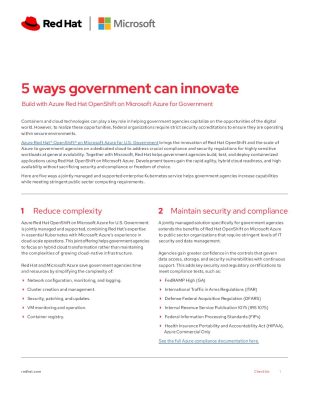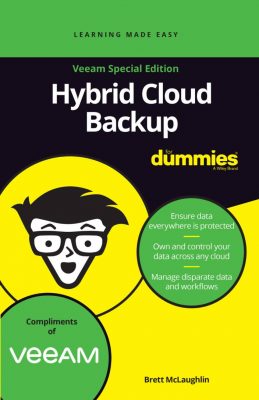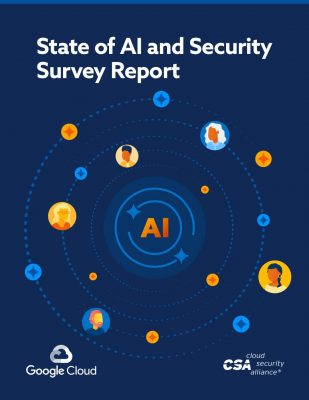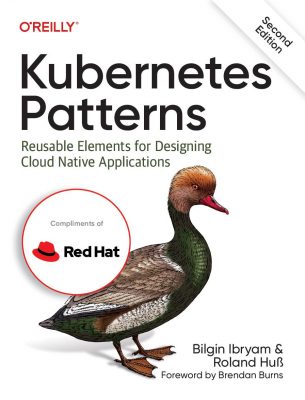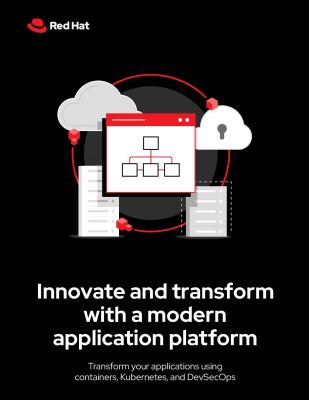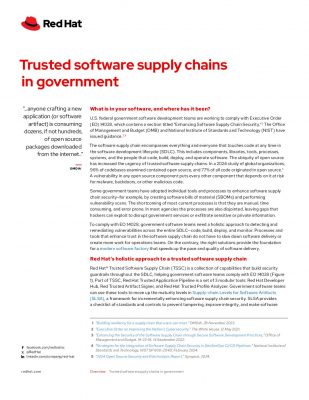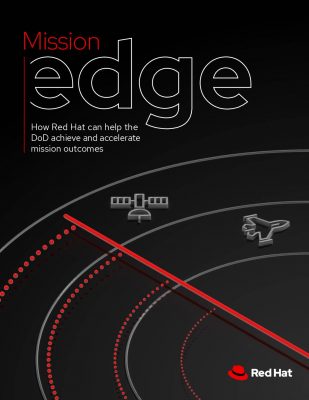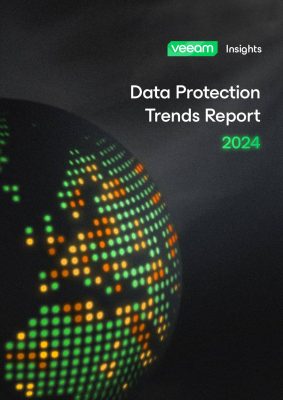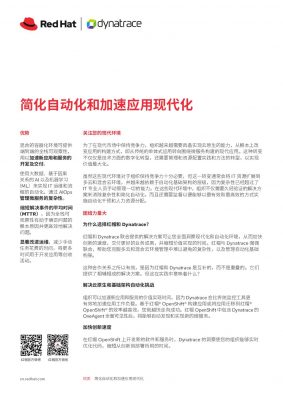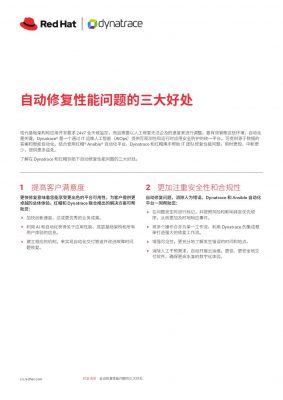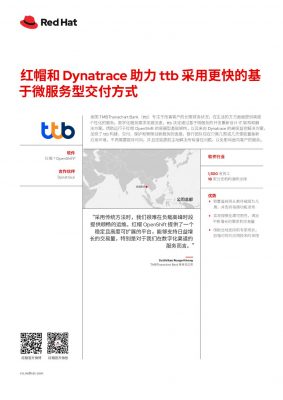Highlights –
- Per se, the release is not a new product but marks a turning point in the ongoing development of the applications platform.
- Developers can include self-tuning search features into their applications and retain learned suggestions across devices by using a search component based on the open-source Elastisearch engine.
Oracle announced that from today, all users of the Oracle Applications Platform could access the complete set of user interface design tools, templates, and objects that Oracle Corp. employs to create its commercial applications.
The release results from a three-year project to redesign the company’s user interface following a set of design principles it calls Redwood. The elements include a search engine, telemetry-based performance management, self-learning recommendations, low-code development tools, and page templates tailored for various use cases. Oracle claimed that the tools it is now putting in customers’ hands are exactly the same as those used by it to create its Fusion line of business apps.
Per se, the release is not a new product but marks a turning point in the ongoing development of the applications platform. Hillel Cooperman, senior vice president of user experience and design and Redwood’s principal architect, said, “This is the first time we’ve brought everything together synched up as one platform with guidelines and documentation for customers both internally and outside. This is not a destination but a journey.”
Therefore, developers shouldn’t anticipate a completely new experience when they release their development toolset today, but the improvements should be apparent and substantial, according to Cooperman. “It will both be familiar and also blow their mind,” he said.
A movement led by design
According to Jeff Price, vice president of product management at Oracle and the product management lead for the application development platform, “A design-led movement like Redwood is about thousands and thousands of user interfaces across Oracle and tens of thousands of developers building them. Many companies have bet their businesses on our platforms, and they want to tailor it for their needs.”
The entire platform can be broken down into nine building parts; the most basic among them is a page template that implements all of the core behaviors for accessibility, display, and internationalization. Another type of interface, known as conversational experiences, offers a natural language interface that may be used for various use cases.
The intelligent recommendations simplify the task of making selections from a long list by providing a defined set of options based on a user’s past selections and the context of what they’re attempting to do.
Developers can include self-tuning search features into their applications and retain learned suggestions across devices by using a search component based on the open-source Elastisearch engine. In addition, it features machine learning-based suggestion strings and tolerance for a typographical error in what Oracle claims is a highly scalable search engine. Cooperman stated, “Enterprise search should be as good as consumer search.”
Measure frequently
Utilizing functionalities built into user interface components and connected with DevSecOps tools, application telemetry components enable developers to continuously collect user feedback on apps. It’s important to note that the functionalities are integrated within the development platform rather than being added later.
Cooperman added, “We find that historically people often don’t get to telemetry. This platform has telemetry built into the core. On day one, you get signals about how the application is being used, what paths people are taking, where the gaps are, and where people bail out. According to executives, the telemetry features are particular to the Oracle platform and are not meant to compete with full-fledged observability suites.
With its Visual Builder Studio, Oracle is also making available a complete set of low-code development tools accessible to nontechnical people to build foundational systems that can be expanded with professional programming languages. According to Price, the features are also for experienced developers who have “a lot of apps to manage and need efficiency and scalability. It’s about efficiency, not just a skills match.”
The platform has accessibility features that adhere to the Web Accessibility Initiative of the World Wide Web Consortium to benefit users with disabilities. The addition of numerous new data visualization options “turns up the volume 10X on our historical commitment to visualization,” according to Price.
Additionally, developers will have complete access to Oracle’s library of Business Objects, which they may select, incorporate into their applications, and build and share with others. Utilizing such componentry guarantees that “changes don’t break,” according to Cooperman. “Developers don’t have to manage shifting grounds and worry about breaking things underneath.”
